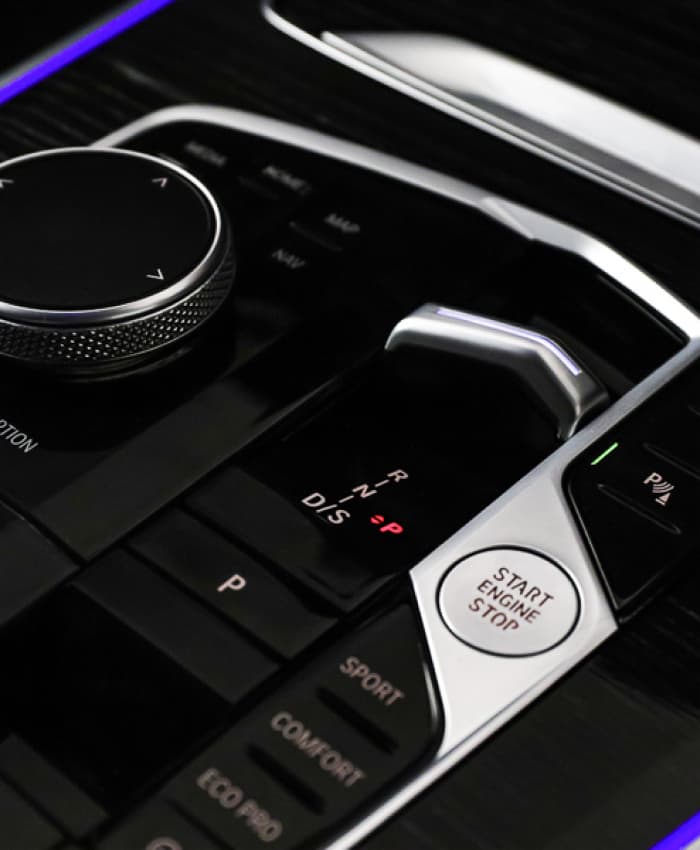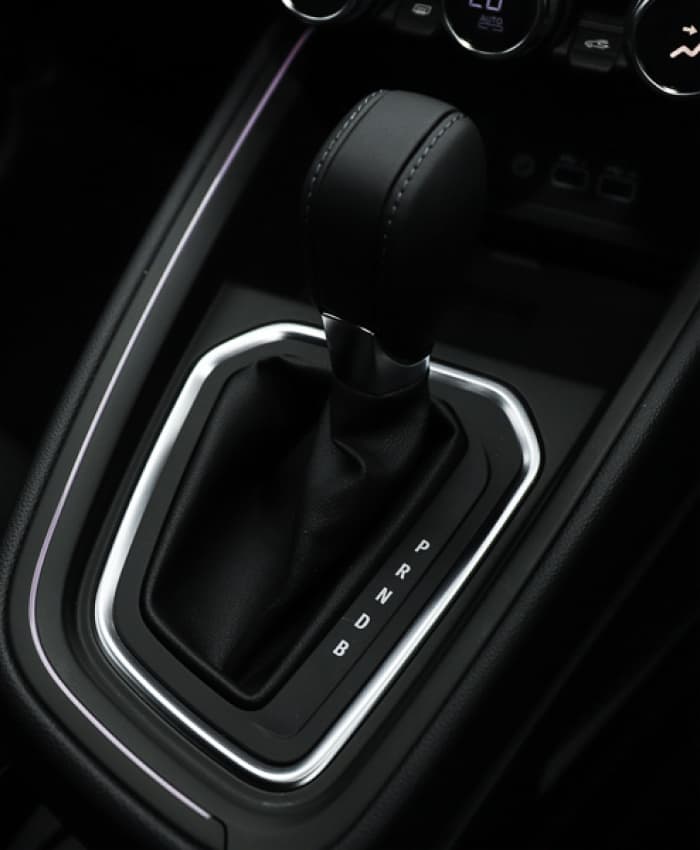





In stock
Mercedes-Benz automatic cars
View stock

In stock
BMW automatic cars
View stock

In stock
Peugeot automatic cars
View stock

In stock
Volkswagen automatic cars
View stock

In stock
MG automatic cars
View stock

In stock
Toyota automatic cars
View stock

In stock
Kia automatic cars
View stock

In stock
Vauxhall automatic cars
View stock

If you're interested in used automatic cars you've come to the right place!
We have an extensive variety of used automatic cars for sale at Arnold Clark, with all your favourite manufacturers in stock from Audi to Volvo!
Browse our handpicked selection of popular automatic cars or browse by brand, body style or fuel-type. We'll make it easy for you to find your next car.

Automatic transmission is a type of multi-speed transmission found in vehicles. When driving an automatic car, the driver is not required to change gear and will not use a clutch pedal.
Automatic vehicles also have a streamlined gearbox which typically comes with four modes: Park (P), Drive (D), Reverse (R) and Neutral (N). There are four main variations of automatic transmission, with the most common being hydraulic planetary automatic transmission.
Other types include:

Choosing a used automatic car as your next vehicle comes with plenty of benefits! Overall, the driving experience is much simpler, you don’t have to think about when to change the gears as the car does it for you.
Some other advantages include:
Choosing to go automatic if you are a learner can be really beneficial for the above reasons. But don't forget... In the UK, you are currently unable to drive a manual car if your licence is for automatic vehicles only!

The creation of the automatic transmission is widely attributed to Alfred Horner Munro. Munro was a Canadian steam engineer who pioneered the automatic transmission model in 1921. He patented the design two years later in 1923.
In his design, the engineer used compressed air rather than hydraulic fluid. However, this method of automatic transmission was not powerful enough to be commercialised for vehicles.
It wasn't until 1939 that automatic transmission for vehicles was mass-produced. It was General Motors’ “Hydra-Matic” four-speed hydraulic automatic transmission which was eventually commercialised for the masses. The first automatic cars to market were the 1940 Oldsmobile Cadillac and the 1948 Pontiac Oldsmobile.
Since 2020 in the UK, many new cars are now produced with automatic transmission only. Manufacturers like Volvo and Mercedes-Benz have stopped selling new manual transmission cars completely. This comes as the majority of manufacturers prioritise electric in their model ranges.


Automatic cars work without the driver having to switch gear ratios. They have four gears: Park (P), Drive (D), Reverse (R) and Neutral (N). The type of automatic transmission will determine the way in which the car is powered.
Automatic cars typically require more advanced equipment and technology than manual transmission cars.
The automatic gearbox is a complex system, therefore higher production costs in relation to equipment and technology impact the vehicle list price.
Most of the manufacturers available at Arnold Clark offer automatic transmissions on their models. We have a wide range of automatic cars for sale, browse our stock to find one that suits your lifestyle and budget.
Or you can contact us directly to speak to one of our product geniuses, they will be able to advise you on which cars in stock are automatic.
The price of an automatic car will depend on a number of factors. Prices vary depending on the manufacturer, model, trim, engine and fuel type chosen. Our automatic models range from around £8,000 to upwards of over £140,000.
Manual and automatic cars both have their own individual benefits and drawbacks.
Choosing an automatic will typically make for an easier driving experience. This is because the driver does not have to operate a clutch or change gears. This reduces driver fatigue, especially in heavy traffic.
However, automatic cars tend to be more expensive than their manual counterparts. This is because of the complex equipment and technology they require.
Which is better depends on your individual preferences, lifestyle and budget.
Automatic cars feature a Neutral mode so that the car is still able to be pushed or towed as neutral disengages the gearbox. This can help you to control the car in case of a malfunction or emergency.
Electric cars are mainly automatic because of the consistent speed and power delivered by this type of drivetrain. As a result, electric cars do not require a conventional clutch or gears for power.
A paddle shift in automatic cars refers to controls at the back of the steering wheel. These controls are usually buttons or levers.
The controls enable the driver to override automated gear shifts made by the transmission, ultimately, allowing the driver to shift into a particular gear.
The reasoning behind paddle shifts was to increase speed whilst reducing strain on the transmission. They are commonly found and used in race cars.
Semi-automatic cars feature a combination of both manual and automatic transmissions, giving drivers the best of both worlds as you still have the option to control the gears. However, most semi-automatic vehicles still do not feature a clutch pedal.
'L' in an automatic car can be found on the gearshift. This typically stands for 'low'. You can use this mode when towing or when driving steep uphill roads. This mode enables high engine power whilst keeping speed low and subsequently limiting any strain on the vehicle's brakes.
In an automatic car, 'B' can stand for brake. However, not all automatics have this function, it is commonly found in hybrid vehicles.
Toyota models are known for having the 'B' gear. It works as a regenerative braking system. You would use this function when driving downhill. This slows the vehicle's speed, reduces engine braking and moves gradually down through the gears.
This can prevent premature brake erosion and overheating. It's similar to using a lower gear in a car with a manual transmission when driving down a steep hill.